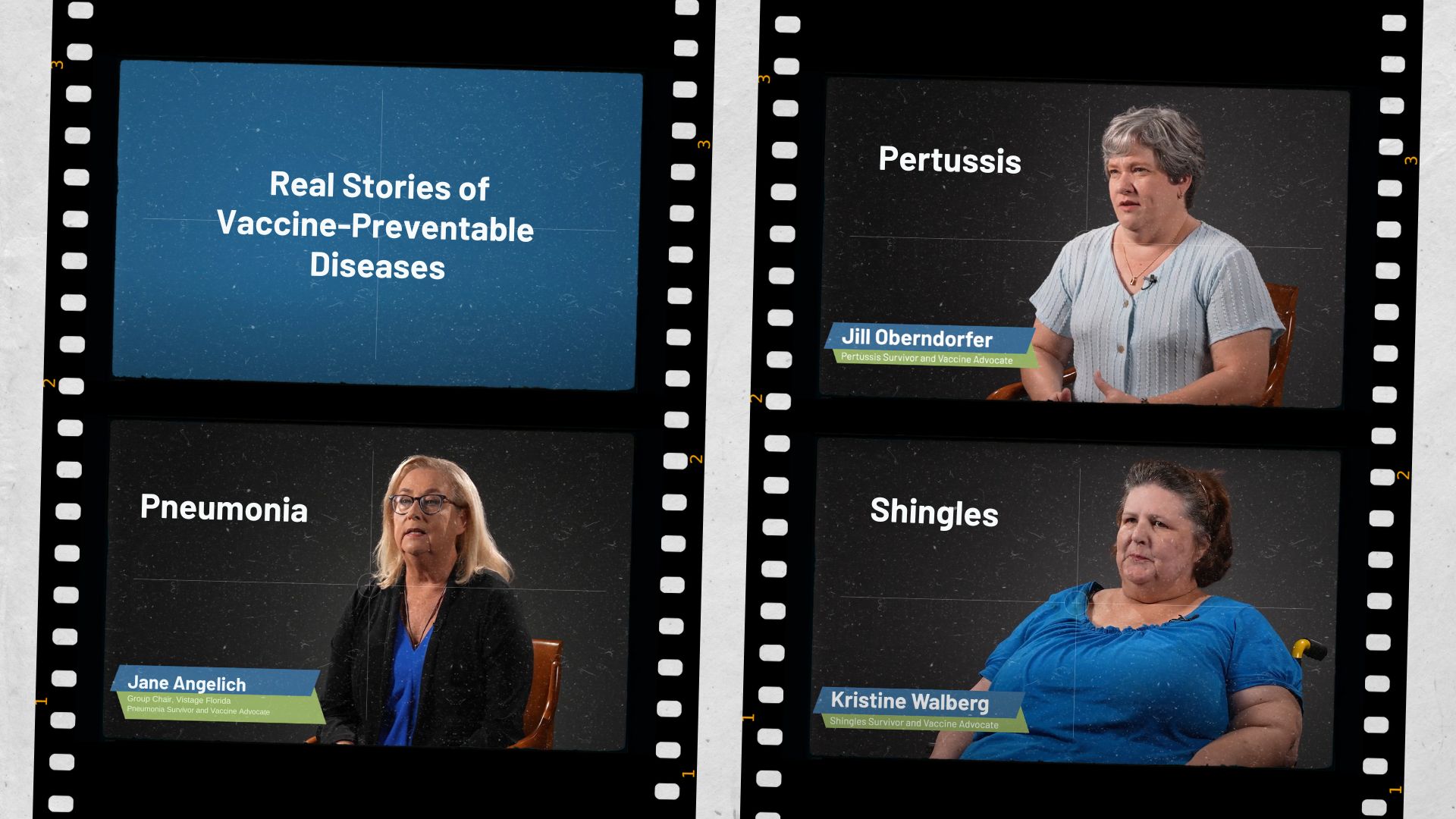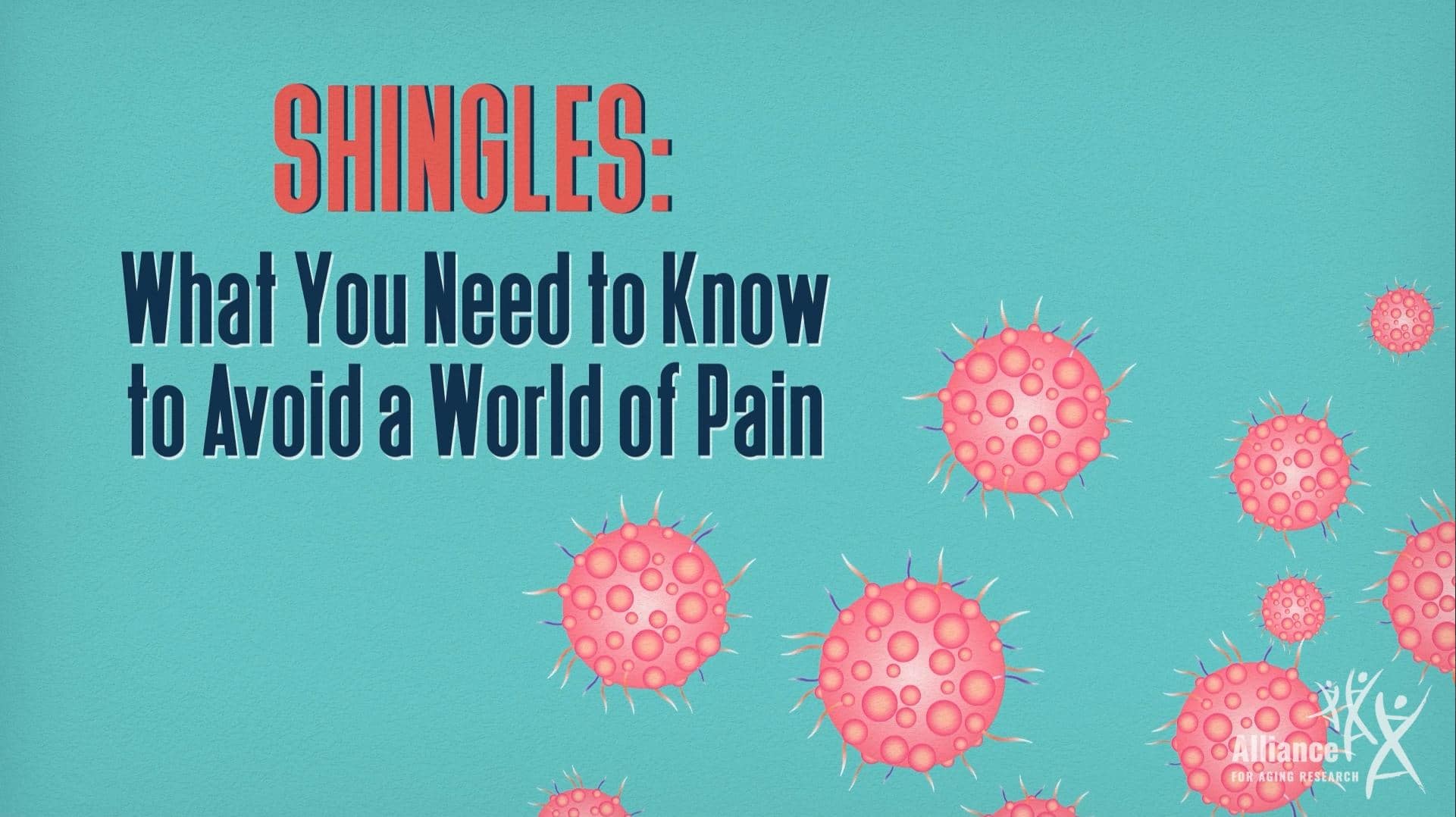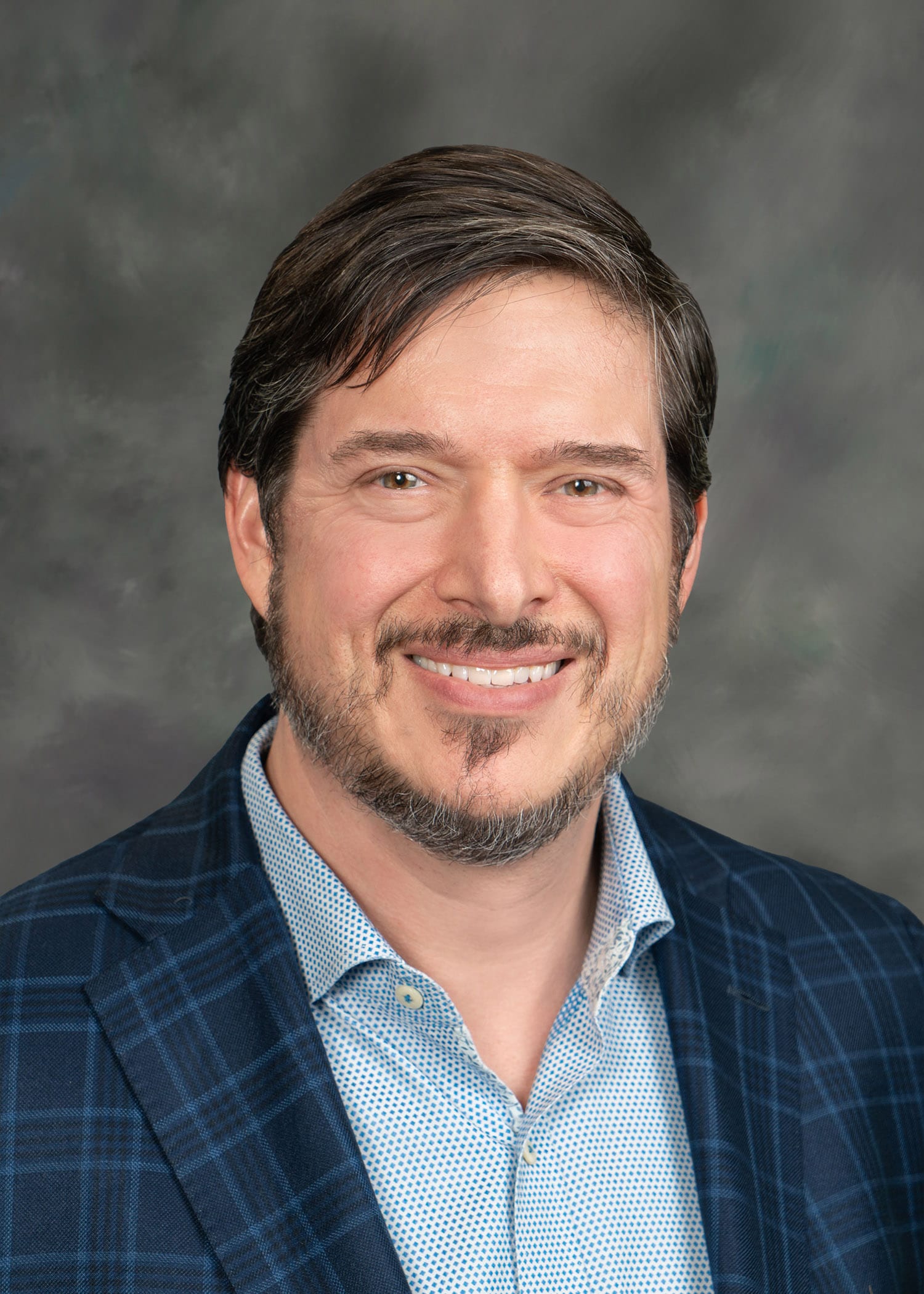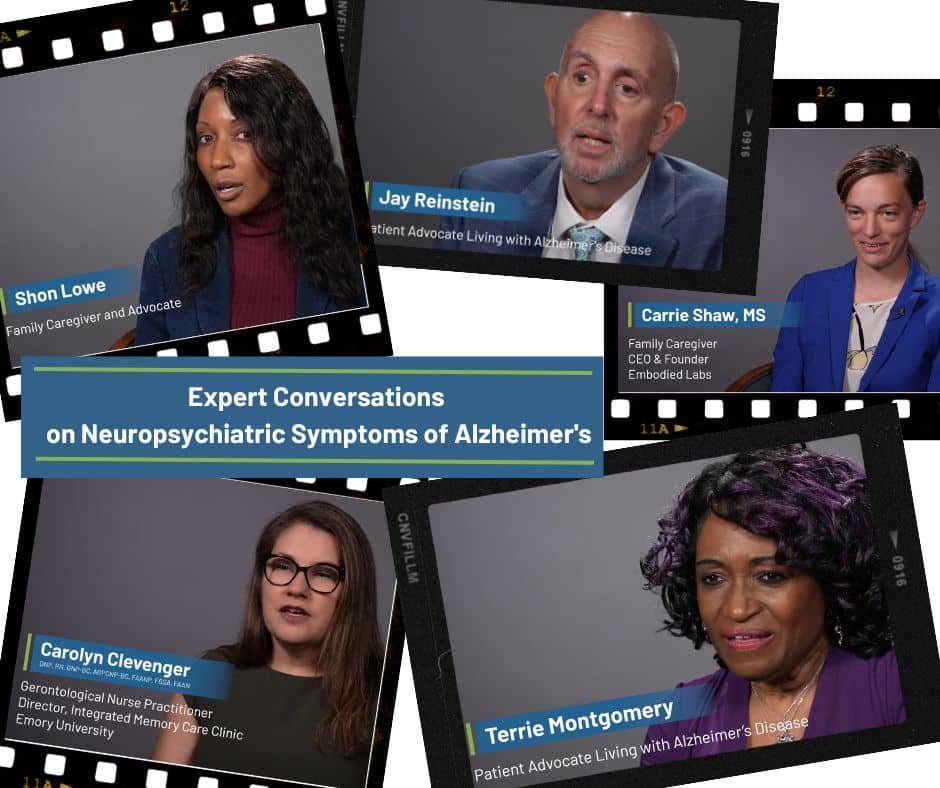
Welcome to the latest installment in our Healthspan Expert Q & A series. In this session, we talk with Simin Nikbin Meydani, D.V.M., Ph.D., senior scientist, professor of nutrition and immunology, and director, The USDA Jean Mayer Human Nutrition Research Center on Aging at Tufts University. Please note Dr. Meydani’s opinions are her own.
Q: Could you give a brief overview of The USDA Jean Mayer Human Nutrition Research Center on Aging?
SM: The USDA Jean Mayer Human Nutrition Research Center on Aging at Tufts University (HNRCA) located in Boston, Mass., is a university-wide institution and one of six human nutrition research centers in the United States supported in part by the Agricultural Research Service (ARS), the research arm of the United States Department of Agriculture (USDA). It is managed through a cooperative agreement between the ARS and Tufts University. The goal of the HNRCA is to explore the relationship between nutrition, physical activity, and aging. Further, it aims to advance healthy and active aging through research, training, and community outreach programs.
We are one of the largest research centers in the world studying nutrition and physical activity in healthy and active aging and the prevention of age-related disease. It has made significant contributions to U.S. and international nutritional and physical activity recommendations, public policy, and clinical health care. These contributions include advancements in the knowledge of the role of dietary calcium and vitamin D in promoting nutrition and bone health; the role of nutrients in maintaining the optimal immune response and prevention of infectious diseases; the role of diet in prevention of cancer; creating effective strategies for weight maintenance and obesity prevention; developing MyPlate for Older Adults; contributions to the USDA nutrient data bank; advancements in the study of sarcopenia and its prevention through physical activity, heart disease, vision, brain and cognitive function; opinions on front of packaging food labeling initiatives; and research on how genetic factors impact predisposition to weight gain and various health indicators.
Q: On a personal level, what got you interested in nutrition and aging?
SM: As a student in veterinary medicine at Tehran University, two of the courses I really liked were biochemistry and physiology, both of which had significant sections related to nutrition and metabolism. I also had an opportunity to do research as part of my thesis work, which I came to love. So, when it came time to determining my post-graduate training, I decided to pursue a Ph.D. in nutrition. The interest in aging was serendipitous. My thesis project at Iowa State University was focused on nutrient modulation of the immune system with a focus on prostaglandins, which is a group of physiologically active lipid compounds having diverse hormone-like effects in animals. Reading on these three subject areas (nutrition, immune system, and prostaglandins), I realized that they converged and could be connected to age-related changes that are observed with aging in the immune system. So, I put together an early career development grant to test my hypothesis, which I was fortunate to obtain as a postdoctoral fellow at Harvard School of Public Health. The grant enabled me to join the JMUSDA-HNRCA as a scientist and provided me the opportunity to pursue my research and develop a new area of research and establish a new laboratory that we named Nutritional Immunology.
Q: Can you talk about the importance of nutrition and physical activity for older adults? What are the challenges?
SM: Genetics, lifestyle, and our environment contribute to the rate at which we age and what diseases we are susceptible to. About 25 percent of our susceptibility to diseases is explained by genetics; the rest is determined by the lifestyle choices we make. How can we enhance the quality of life or healthspan as we age? Proper nutrition and exercise combined with other lifestyle and psychosocial behaviors reduce diseases and disabilities and lead to improved functionality and better quality of life. Evidence is accumulating that good nutrition and physical exercise contribute to deterring risk for dementia, sarcopenia and osteoporosis, cataracts, heart diseases, diabetes, infection and other immune-related disease, and obesity.
Older individuals are a heterogeneous population with varied nutrition and physical activity requirements. What a 60 year old needs in terms of nutrition and physical activity is different from what an 80-year-old or a 90-year-old adult needs. This is often overlooked, and all are painted with one brush stroke. The needs and, therefore, required strategies for an older individual who is physically restricted or has a few health problems are very different from that of an active and “healthy” older adult. This is a challenge that until recently was ignored. Socioeconomic status, accessibility to healthy food, and availability of older-adult friendly exercise spaces is another challenge facing those who want to promote good nutrition and physical activity to prevent premature aging. The lack of knowledge among the public and our policymakers about the extent of nutritional problems in older adults and the important role that nutrition and physical activity play in promoting healthy and active aging and lack of funds for the desperately needed research on these topics are other challenges we face. Always an optimist, I am, however, encouraged by recommendations that are coming out associated with the White House Conference on Aging related to nutrition and physical activity, and my hope is that these will turn into the government and corporations taking a more active role in promoting good nutrition and physical activity as a key step toward maintaining healthy, active and engaging lives for the growing number of older adults.
I am also encouraged by the signs that the increase in the number of older adults is seen as an “opportunity as well as a challenge” and not just a “burden to the society.” There is much that can be done to take advantage of the growing number of older adults through inter-generational activities that would benefit both the young and the old.
Q: Why is nutrition research into aging important? What benefits could it offer?
SM: We all know that the population of aging individuals is rising globally. With aging comes chronic and infectious diseases. Nutrition-related problems (undernutrition and over- or improper-nutrition) are at the root of the majority of the top 10 leading causes of death in the world. We also know that malnutrition, both undernutrition and overnutrition are prevalent among older adults. Older adults in the United States experience deficiencies in calcium, vitamin D and E, iron, folate, B vitamins, zinc, and selenium on a regular basis. Experts estimate over one million homebound elders may be malnourished nationally. During the past 30 years, the proportion of older adults who are obese has doubled. Thus nutrition-related diseases are a tremendous burden on our health care costs. To put this into some perspective, annual global spending on diabetes is projected to be $357 million in 2030 (up from $163 million in 1990). In 2010, we spent $28.8 million on fatal and non-fatal falls in older adults. A spending increase of 118 percent in relation to hip fractures is expected by 2030. The total direct medical costs for caring for cardiovascular disease is slated to increase from the current $273 billion to more than $800 billion in the next 20 years. Prevention is the only way we can reduce the economic burden that is associated with age-related diseases, and you cannot have effective preventive strategies for these diseases without implementation of good nutrition and physical activity.
Q: You recently gave a talk on gut microbiota and how this might affect the aging
process. Can you share any research you or other researchers at the HNRCA are doing into that?
SM: At the Center, we have several laboratory groups that have projects related to microbiome and how it is impacted by diet and obesity. For example, one lab is looking at how vitamin K, important in blood coagulation as well as other biological function, is generated by microflora inside the colon. Another group is looking at ways food can alter the microbiome to increase its cancer-fighting effects. My laboratory just completed a study to determine the impact of consuming whole grains on microbiota, on digestive health, inflammation, and the immune system.
Q: Are there any current research projects on nutrition and aging that you would like to share?
SM: We have a lot of really interesting and innovative nutrition research going on currently at the HNRCA. Off the top of my head, we have a few labs looking at how maternal and paternal diets can influence offspring health and their life-long resistance to diseases. Our Neuroscience and Aging Lab is working with stem cells, improving them nutritionally and creating avatars for individuals to combat Alzheimer’s and other brain diseases, which is really exciting. Our Nutrition and Genomics Lab is working to find ways to develop diets that compliment genetic makeup, which will protect people against diseases. Our Energy Metabolism Laboratory has introduced one of the most effective interventions to reduce obesity and has generated really cool data to show how with appropriate interventions you can make people crave for healthy food rather than junk food. Our Nutrition Exercise, Physiology and Sarcopenia Lab is generating novel data linking age-related changes in muscle lipids and gut microbiota to muscle function. The Nutritional Immunology Lab has generated interesting data related to nutrition and improvement of vaccine efficacy in the aged. And last but not least our researchers are generating very interesting data related to the role of diet in predicting the risk for cataracts and AMD.
Q: Looking forward, what’s on the horizon for nutrition and aging research?
SM: There are a lot of interesting areas to look for including but not limited to: nutritional modulation of stem cells and brain diseases, gut microbiota and healthy aging, novel functions for nutrients such as vitamin K and age associated diseases, new players (other than vitamin D and Ca) in combating osteoporosis and risk of falls, and personalized/precision nutrition to promote healthy and active aging.
Q: Finally, in your opinion, why is #healthyandactiveaging research important?
SM: Without it the socioeconomic impact of the growing number of older adults and diseases and disabilities associated with them will crumple the economies of many countries, particularly those that are resource poor.
Photos provided courtesty of HNRCA-Tufts.






